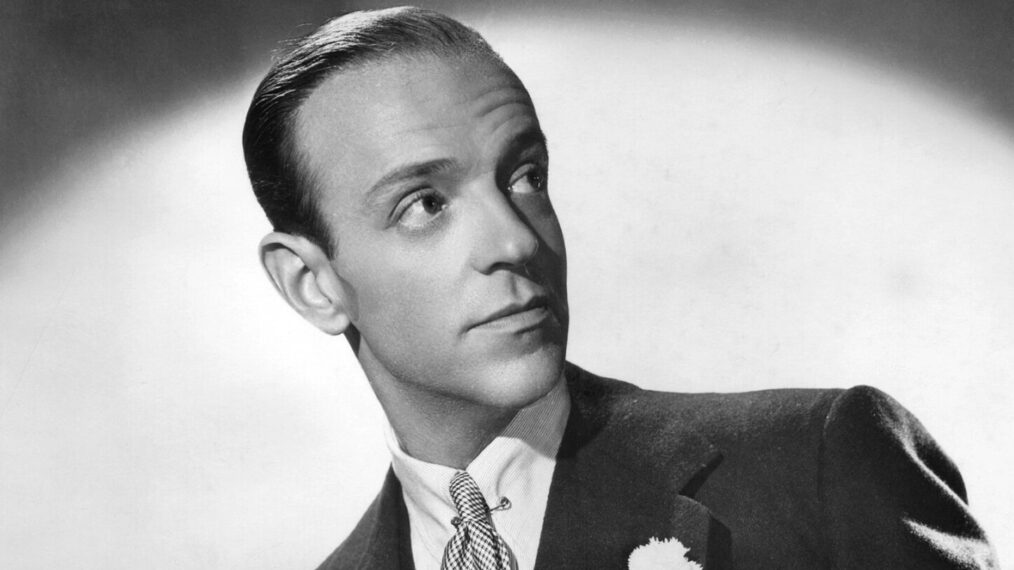Fred Astaire & Ginger Rogers First Danced Their Way Into Movie Audiences’ Hearts 90 Years Ago in ‘Flying Down to Rio’
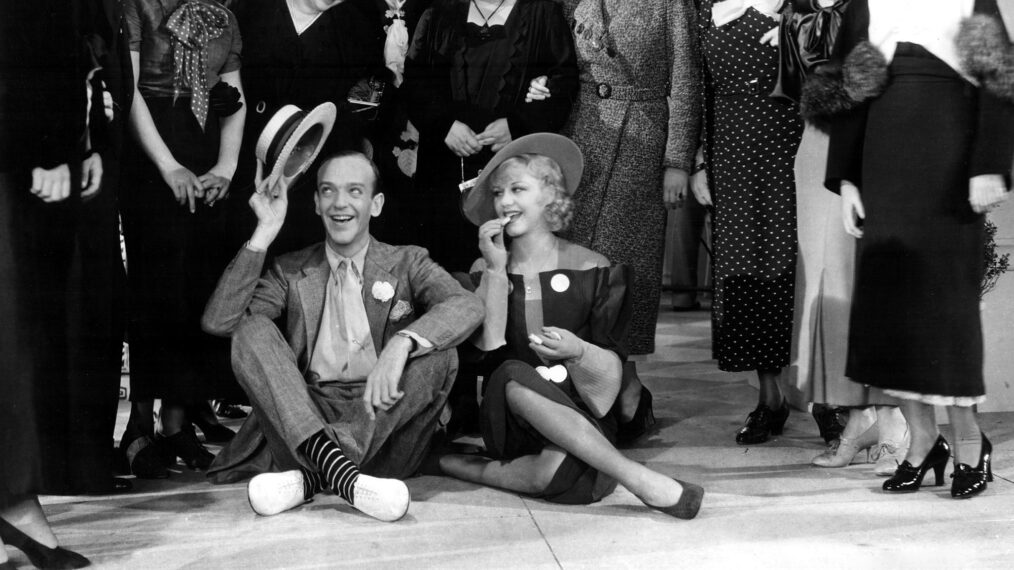
On Dec. 29, 1933, an RKO production called Flying Down to Rio opened in wide release, a week after its New York City premiere.
The film featured some of the usual elements found in movie musicals of the era that audiences during the Great Depression enjoyed to help give them a few hours respite from the world. There was romance in its story in the form of a love triangle among characters played by the three top-billed stars — Dolores del Río, Gene Raymond and Raul Roulien — in what then would have seemed like an exotic setting (Rio de Janeiro).
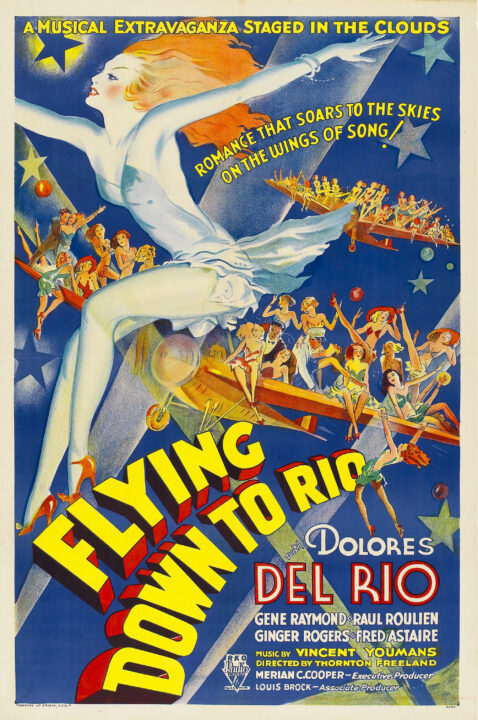
Courtesy Everett Collection
del Río made a little history in this pre-Code feature, and maybe caused some folks to hit the fainting couch, when she became the first major actress to wear a two-piece women’s bathing suit onscreen:
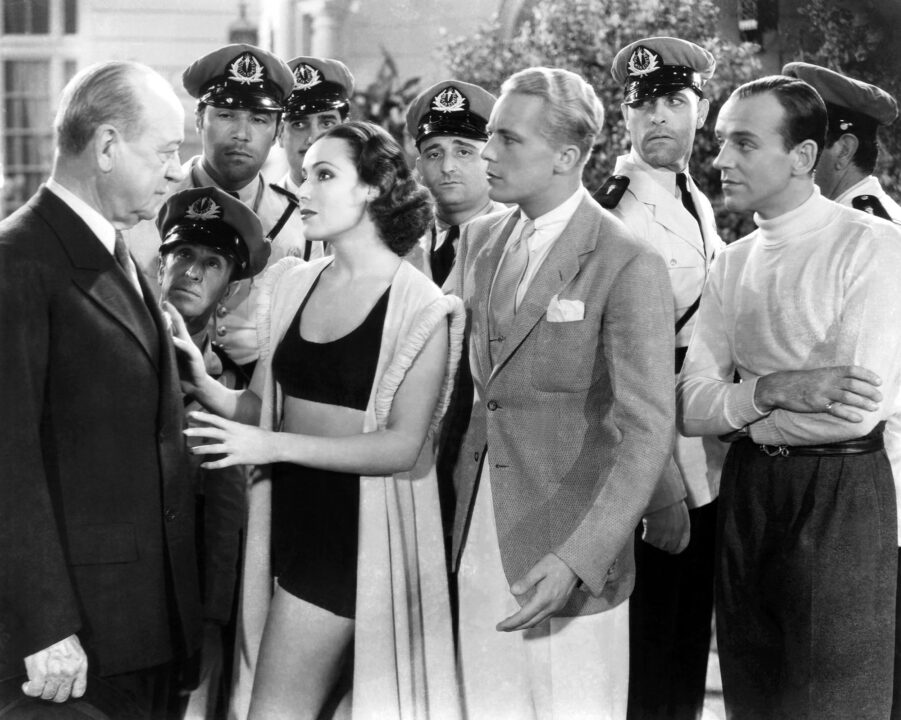
Courtesy Everett Collection
Of course, there was also plenty of music and song, and dancing. Among the highlights was the delightfully crazy “musical extravaganza staged in the clouds,” as posters like the one above hyped, that is seen in the video below.
Still one of the first things that comes to mind when thinking of Flying Down to Rio, it’s an impressive dance/special effects scene that ranks as the second-best motion picture sequence involving biplanes to have been produced in 1933 (after RKO’s King Kong).
There were other noteworthy musical moments as well, and they, like the scene above, also involved the fourth- and fifth-billed actors on the film’s poster: Ginger Rogers, who had been appearing onscreen since 1930, including in two other notable musicals released earlier in 1933 (42nd Street and Gold Diggers of 1933) and Fred Astaire, who was making his second film appearance after many years on the stage.
In one sequence, Astaire sang the title song, “Flying Down to Rio,” which was danced by Rogers and the chorus. In another, Rogers sang “Music Makes Me,” accompanied by general dancing. And at one point, Roulien sang “Orchids in Moonlight,” with Astaire and del Río dancing a bit.
But the magic really happened when Rogers and Astaire finally came together and danced. Audiences at the time may not have realized they were watching a historic cinematic moment, but they surely must have felt the chemistry between the two stars, and marveled at their physicality, exuberance and grace, just as new audiences have continued to in the nine decades since.
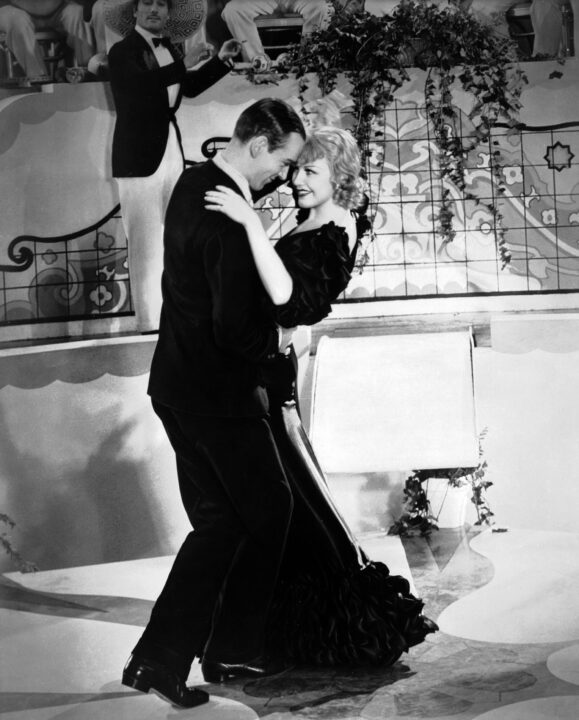
Courtesy Everett Collection
In 1935’s Top Hat, probably their quintessential pairing among the 10 films they appeared in together, Astaire and Rogers would famously dance “Cheek to Cheek.”
In their Flying Down to Rio scene, which serves to introduce a production number centered around the Oscar-nominated song “Carioca,” their characters, Fred Ayres and Honey Hales, are often dancing forehead-to-forehead after they decide to get up and demonstrate their moves, with Honey excitedly exclaiming: “We’ll show ’em a thing or three!”
And show ’em, they did. They showed both the characters in the film watching Fred and Honey, and the real-world audiences in the theaters enjoying Fred and Ginger.
Flying Down to Rio was a hit for RKO, and I’m sure many of the elements also listed above played a part in it. But Astaire and Rogers’ relatively brief, but scene-stealing, dance was undoubtedly a pivotal part of the film’s success — not to mention their own.
They became breakout stars who got top billing the next time they paired up onscreen, which was later the following year in 1934’s The Gay Divorcee (on that film’s poster, they were hyped as “The King and Queen of Carioca”). There, they danced to another Oscar-nominated song, “The Continental,” which beat “Carioca” for Best Original Song at the Academy Awards.
(Incidentally, I can’t hear “Carioca” without thinking of how I first became aware of that song: via a cover version heard during the opening credits of the 1977 comedy The Kentucky Fried Movie.)
It’s interesting that the first of the several famous onscreen pairings between Rogers and Astaire occurred in a film released just before New Year’s, since it seems like they and their films have become linked with New Year’s Eve over the decades. Maybe because it’s a night that has long been associated with dressing up and dancing, and no one did that better than those two.
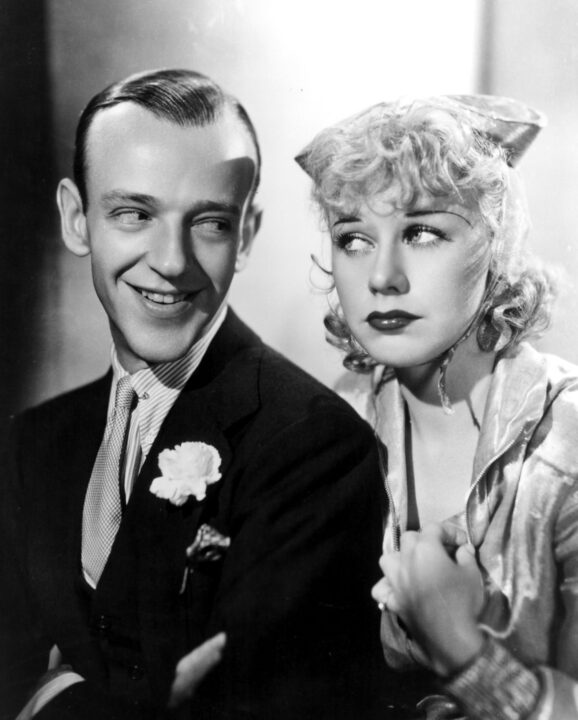
Courtesy Everett Collection
As a kid, when I was trying to stay up late on Dec. 31 and see what was on TV as the old year left and a new one began during the late ’70s/early ’80s, it seemed like I always saw The Gay Divorcee featured on some channel. I would usually tune in, because there often wasn’t much else airing at the time (New Year’s Eve was one of the rare nights when TV stations that normally might have signed off would broadcast a little longer into the night). But I actually enjoyed the dance numbers in what was my first exposure to this iconic duo.
That link with New Year’s Eve seems to have continued, and you can usually still find Astaire/Rogers movies airing on that night, often on the MOVIES! channel, in particular.
Of course, maybe you won’t be home New Year’s Eve because you’ll be dressed to the nines and going out dancing. In that case, you can try to impress everyone by quickly learning the “Carioca,” courtesy of these simple dance steps:
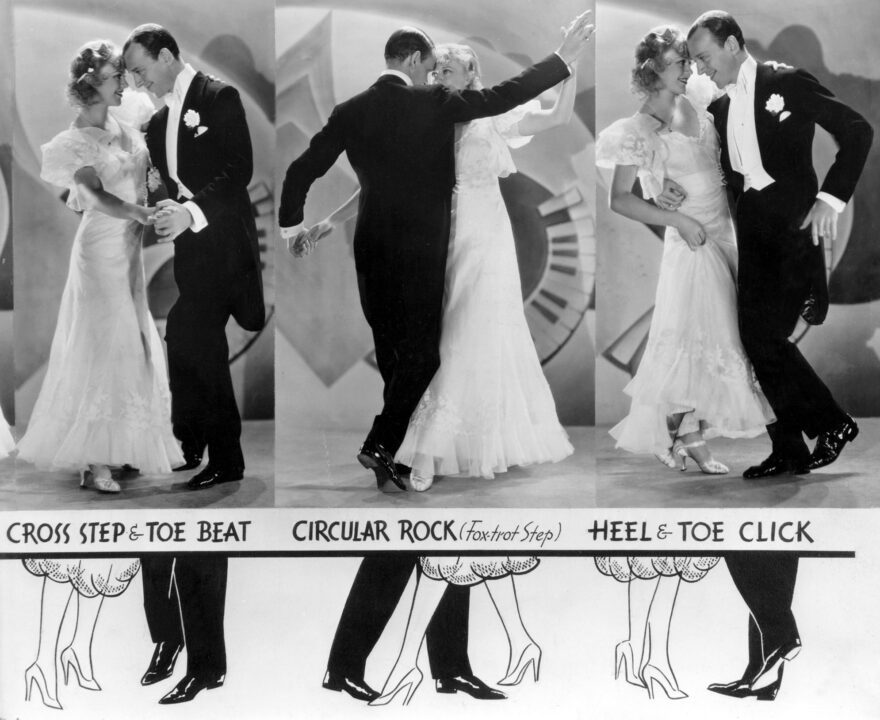
Courtesy Everett Collection
So, there you go. Shouldn’t be too hard to duplicate Astaire and Rogers, should it?

